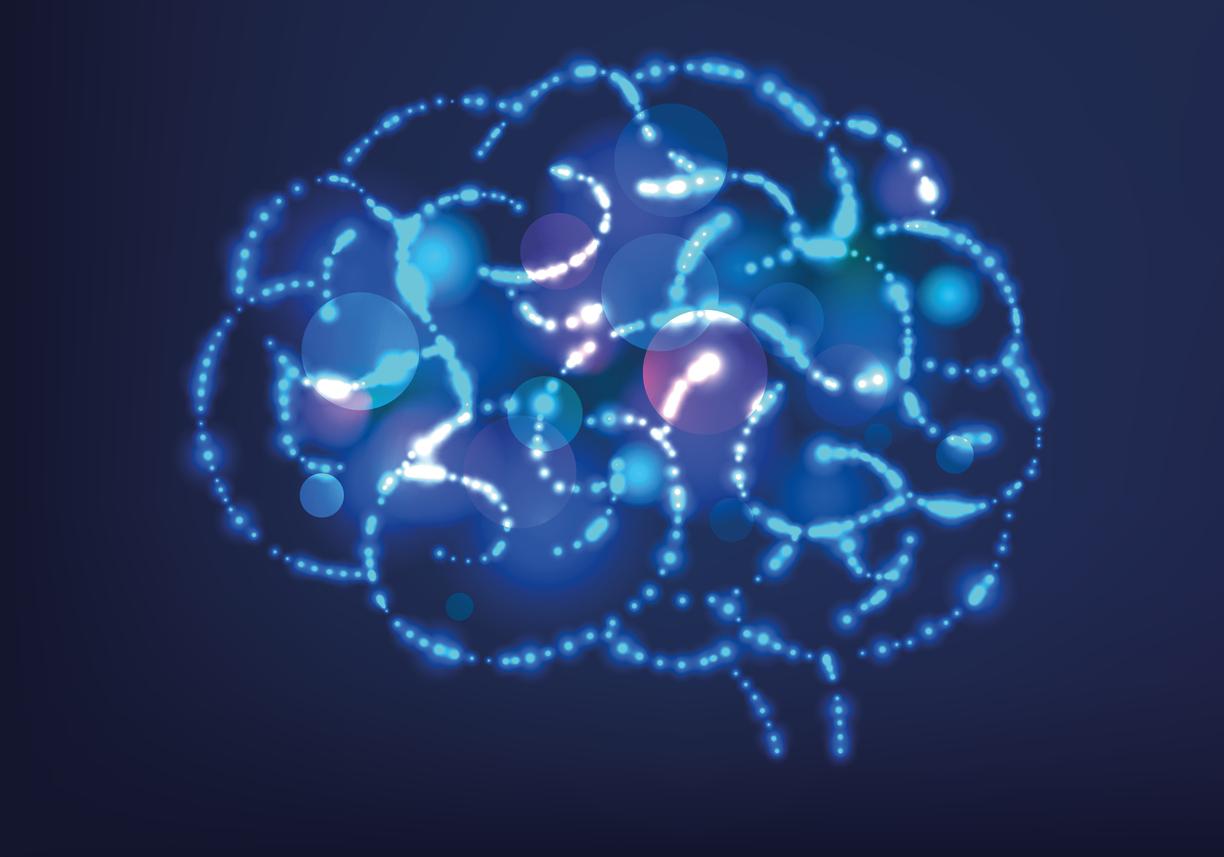In people equipped with neuroprostheses, the brain does not distinguish between the sensations obtained thanks to a real limb or thanks to the prosthesis. Moreover, no neural “remodeling” is necessary to achieve this result.
-1608730737.jpg)
- Neuroprostheses make the brain feel the same sensations as a real limb.
- The brain, being accustomed to knowing these “real” sensations with its former member, does not need to adapt.
- It does not distinguish between a neuroprosthesis and a real limb.
Scientists understand a little better how the brain works after an amputation. In a study by neuroscientists from the Universities of Chicago and Chalmers (USA) and published on December 22, 2020 in the journal Cell Reportsit has been shown that the brain does not distinguish between a real arm and its robotic equivalent. In other words, the sensations felt by the brain with a prosthesis or a real limb are identical.
A touch-sensitive prosthesis
For this, three participants who had undergone an amputation above the elbow were fitted with a high-tech neuroprosthesis directly connected to their humerus. Thus, they could control the prosthesis thanks to the signals received by the electrodes implanted in the muscles of the arm. In return, they received sensory feedback through another set of implanted electrodes. The sensor located under the thumb of the prosthesis triggered stimulation of the nerve, which in turn caused a feeling of touch.
Participants had to wear the prosthesis for more than 12 hours a day, every day for almost one and a half days. They used them to manipulate objects during their daily routine. Although they were able to observe their hand interacting with objects, none of the users felt the sensation on their thumb, rather the sensation persisted in the same area where it was originally felt.
“Every day for a year, these subjects saw their prosthetic thumb touch objects and felt it in a different place — sometimes near the thumb, but not on it — and the feeling never changed. Not even a little bit”, assures Sliman Bensmaia, professor of biology at the University of Chicago and lead author of the study.
These results call into question the neural plasticity that our brain is supposed to have after the loss of a limb. In other words, there is no “rewiring” of our brain to adapt to its new morphology. In the study, prosthetic users did not report feeling the sensation on the thumb, but rather in other places on the hand, such as the middle finger or the palm. This indicates that despite everything, the sensations remained more or less localized in the same place. This stability of tactile sensations highlights the limits of the nervous system’s ability to adapt to different sensory inputs.
Similar feelings
“There’s been this idea that the nervous system is really plastic, so if you see a disconnect between what you see and what you feel, that’s a big opportunity for neural remodeling.emphasizes Sliman Bensmaia. For example, if you sew two fingers together and look at how this is represented in the brain, they appear to have fused together. But I think that idea has been greatly exaggerated. You may get some overlapping sensation from adjacent limbs, but that’s just because the area of the brain that was previously responding to the sensation is empty, and the activation of neurons around it leads to an echo through the void. .”
His colleague Max Ortiz Catalan, associate professor of bionics at Chalmers University of Technology, agrees. “We hoped that because patients grasped objects and felt the sensation elsewhere in the hand, all day and every day for several months, the brain would resolve the lag by shifting perceived sensation to the thumb..”
Ultimately, there is no brain remodeling that occurs when a limb is lost. In the event that the latter is replaced by a prosthesis, the sensations will always be felt in the same place, as if nothing had changed.
.















